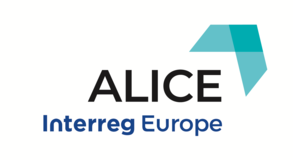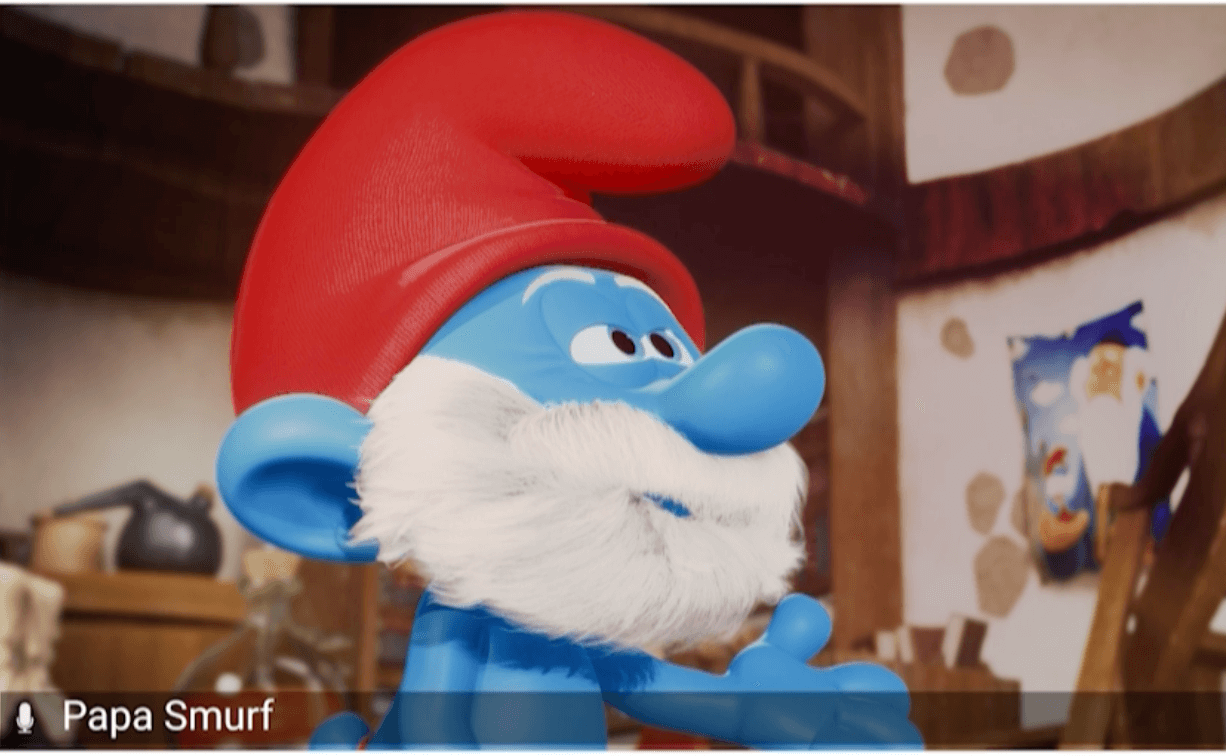On 26 July 2021, the ALICE group hosted a panel on the new distribution strategies for European animated content. Selected distribution experts from Wallonia, Slovakia and the Netherlands talked about their observations and experiences navigating the changing distribution landscape as well as the new strategies developed by distributors and right holders to continue to bring indie films to audiences. Discussions focused on the shift from a theatrical to non-theatrical model and how European animation can find its place in the rapidly changing market.
Recognizing the long-term content consumption change brought about by the introduction of streaming platforms and accelerated by the COVID-19 pandemic, Philippe Reynaert, former CEO of film fund Wallimage, noted that animation still had little place with the major platforms –even if, facing the growing competition from Disney+, Netflix aims to double its supply of animation, which today make up barely 5% of its programming. Questioning how best to continue to deliver creative productions to wide audiences, Mr. Reynaert elaborated on the important role to be played by European broadcasters. Noting, with supporting figures, that television still represented a significant market share (eg 22% of the content consumed by the 35-49 year-old viewers and 64% for audiences overs 50 in France), he presented the interesting case of Auvio, a successful streaming platform developed by the public Belgian channel Rtbf. Offering a mix of audio and video programs, Auvio has managed to grow its audience by 63% in 5 years - reaching 3.9 million consumers as of 31 March 2021 - by replaying and enriching quality content with exclusive bonuses and specialized video programs. Mr Reynaert also drew attention to the new opportunities offered, on the one hand, by social media (in particular Tik Tok) to attract new audiences, as well as, on the other hand, by new 3D animation which remains relatively under-invested by major streaming platforms.
Ivan Hronec, CEO of the distribution company Film Europe, then spoke about the latest strategies developed by distributors to keep offering films to audiences via more independent circuits involving festivals, boutique cinemas, local VOD platforms and linear TV. Taking the example of the successful distribution of the multi-awarded animated documentary FLEE, he explained in detail how a company specialized in high-end festival products like Film Europe managed to compete while developing specifically designed ‘hybrid’ strategies, fitting the company’s positioning and meeting audiences’ expectations. The strategic model is based on creating a carefully curated program, involving a thorough selection of the films (in the case of FLEE, a multi-awarded, critically acclaimed film with demonstrated appeal to North American audiences), and – most importantly – a multi-window approach targeting different types of pre-identified audiences. Mr. Hronec highlighted that holding all rights on films and controlling the ecosystem were of critical importance to be able to freely choose exactly when and where to distribute a film. To be able to successfully implement its strategy, a company like Film Europe owns three festivals (and maintains very good relationships with others), two boutique theatres, their own VOD platform as well as two TV channels . He also insisted on the importance of a well-thought-out route to audiences, which must notably involve, before festival release, a very well-planned pre-festival journey with an entry point (eg the place where a product will be recognized by the industry), middle points of several thematic festivals and an exit point (eg the place where the film should be seen before being released in cinemas).
The webinar was completed by a bi-lateral meeting with Vincent Lucassen, agent for Austria, Switzerland & Germany, Russia, Turkey and SEE Territories at Under the Milky Way, a high-tech platform capable of bringing any films from any territories to audiences worldwide called “content aggregator”. Under the Milky Way plays a role of intermediary between major streaming platforms (Netflix and Amazon alike) and independent rights holders willing to see their films available on VOD. By doing so, the company not only gives access to wide distribution circuits for any sorts of films but also provides film producers (the rights holders) with useful data on the platforms and territories where their films are mostly seen.
Sharing Mr. Reynaert and Mr. Hronec’s opinions, Mr. Lucassen stressed the importance of the multi-window, hybrid approach. In an online world where films need to be known before actually being looked for and seen, it is essential for a film to be talked about at festivals, by the industry and by the press before being widely released: distribution windows are not only relevant but also support each other! The right model for films, and especially for animated films, remains to be built.




